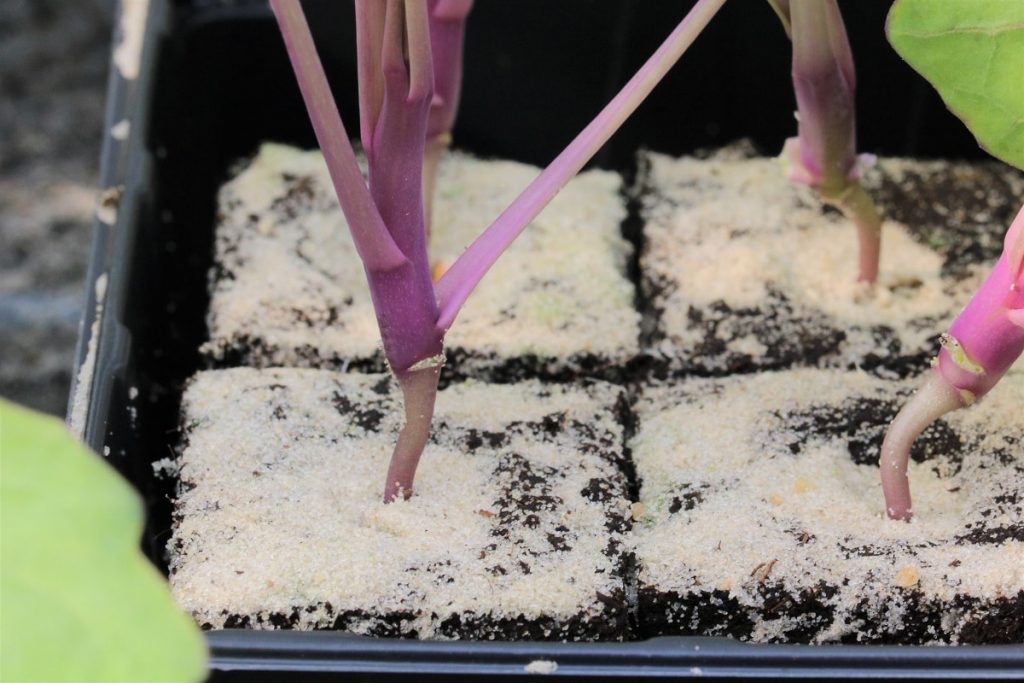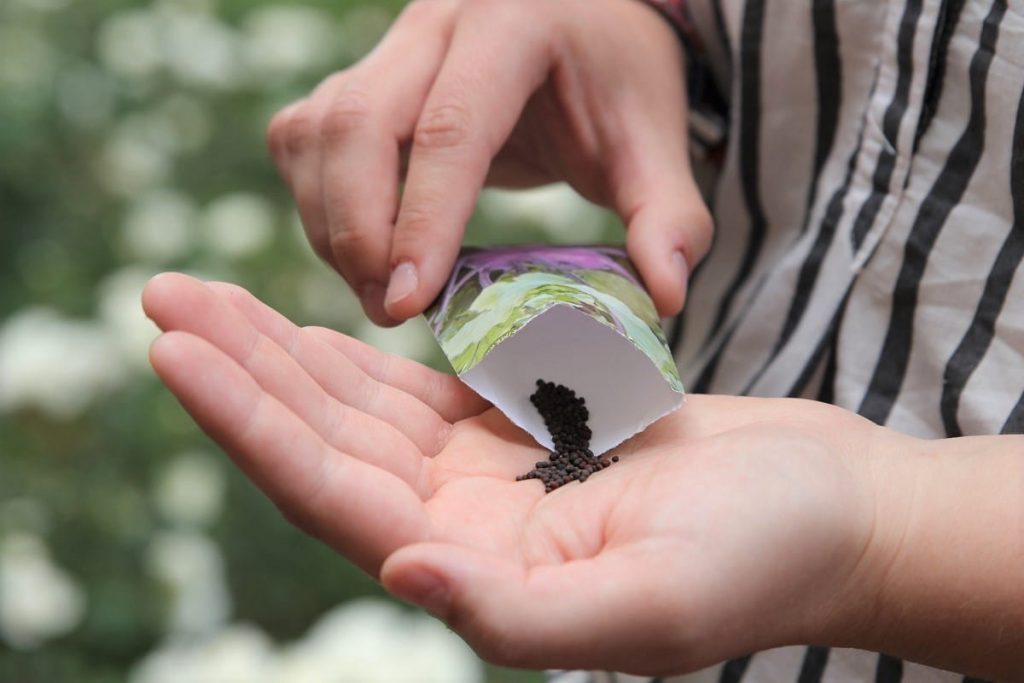With valuable vitamins, mustard oils, important trace elements and a lot of fiber, kohlrabi is considered digestible and healthy. If you have a garden, you can easily grow the vegetable yourself. How frost-sensitive are the kohlrabi seedlings actually?
- Kohlrabi is divided into early and late varieties
- some new varieties can be grown all year round
- germination temperature between 15 and 20 degrees Celsius
- plant early varieties outdoors from March onwards
- protection of kohlrabi young plants with a fleece is recommended
Contents
- 1 Kohlrabi
- 2 Risk of frost during cultivation
- 3 Temperatures for kohlrabi seedlings
- 4 Frequently asked questions
- 5 How long do kohlrabi seedlings take to mature?
- 6 How sensitive are kohlrabi tubers to frost?
- 7 What varieties are suitable for early sowing?
- 8 What happens to kohlrabi plants that spend the winter on the bed?
- 9 Author
Kohlrabi
Kohlrabi (Brassica oleracea var. gongylodes) is not only one of the best known, but also one of the most popular vegetables. The reasons for this are its good digestibility and high content of healthy ingredients. The green or blue tubers can be used, for example, to prepare tasty side dishes and crunchy snacks. Like cauliflower or broccoli, kohlrabi belongs to the cabbage family. To ensure that kohlrabi seedlings later form crunchy tubers, there are a few things to keep in mind.
Risk of frost during cultivation
If you want to grow the cabbage vegetable in the garden, you can choose between early and late varieties of kohlrabi. The early varieties are less sensitive to frost than the late cultivars. Early kohlrabi seedlings can be planted outdoors from the end of March. Late varieties, on the other hand, are not sown until July, as the lower spring temperatures could harm them.

Temperatures for kohlrabi seedlings
- Young plants are grown in late March to mid-April in seed trays on a warm and bright windowsill. The optimum germination temperature is between 15 and 20 degrees Celsius.
- When the cotyledons appear after about ten days, the plants are moved to a cooler place. The temperature should be at least 12 degrees Celsius.
- In early April, the seedlings are slowly accustomed to the open ground. Outdoor temperatures should reach at least 8 degrees Celsius.
- The cold spring nights spend kohlrabi seedlings indoors, they are not hardy. A room with a temperature of at least 5 degrees Celsius is suitable.
- In April, the vigorous plants are planted in the bed. Cover the small plantlets with a fleece for protection.

Note: From mid/late April, almost all early varieties can be sown directly outdoors. If you sow new seeds every two to three weeks, you can enjoy fresh kohlrabi into the fall.
Frequently asked questions
How long do kohlrabi seedlings take to mature?
Early varieties are ready to harvest after 12 weeks. Late kohlrabi varieties take 16 to 30 weeks to reach maturity.
How sensitive are kohlrabi tubers to frost?
In the fall, the temperature may drop at night and the mature kohlrabi plants may get some frost. The tubers can tolerate light frost. The taste does not suffer as a result.
What varieties are suitable for early sowing?
For spring sowing, we recommend the green-leaved varieties ‘Superschmelz’, ‘Blaro’ and the old variety ‘Early White Vienna’. If you prefer blue varieties, you can sow the delicious ‘Azur Star’ in spring.
What happens to kohlrabi plants that spend the winter on the bed?
Kohlrabi is hardy. It is one of the biennial plants. In the first year, the tuber forms. If you miss a plant during harvest, it will flower in the second year. Initially branched inflorescences are formed, on which later pods with black seeds appear.









